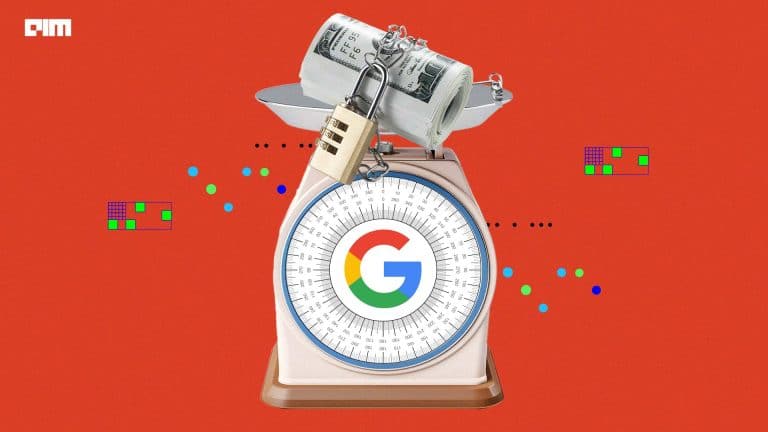
Tech giants like Google, Amazon and Microsoft have been top providers so far. While Amazon and Microsoft have topped the charts, Google trailed behind. The last quarter reports of Google Cloud tells a new tale as they have made good numbers(~$8 billion). Now they look to extend their reach in world’s one of the most happening places — India.
India’s first Google Cloud Platform region was launched back in November, 2017. The new Mumbai region joined the likes of Singapore, Taiwan, Sydney and Tokyo in Asia Pacific to build highly available, performant applications using cloud.
Their aim was to improve latency from 20-90% for end users in Chennai, Hyderabad, Bangalore compared to hosting them in the closest region, Singapore.
The Mumbai region has 3 zones. Developers and network admins can distribute apps and storage across multiple zones to protect against service disruptions.
As enterprises break monoliths apart and start modernizing services, they need solutions for consistent service and traffic management at scale. Organizations want to invest time and resources in building applications and innovating, not on the infrastructure and networking required to deploy and manage these services.
For instance, GCP’s Anthos lets the user run their application without any modifications and also manage workloads running on third-party clouds like AWS and Azure. This level of freedom enables developers to deploy applications on cloud without the need to learn new APIs.
How Google Cloud Fared In India So Far
Tata Steel
To organize data from siloed systems, Tata Steel is using Cloud Search and plans to scale it to more than one million documents and 28 disparate enterprise content sources including enterprise resource planning (ERP) and SharePoint.
In fact, Tata Steel is one of the first Indian enterprises to harness the power of Cloud Search to meet some of the most aggressive ingestion demands, with indexing durations reduced from weeks to seconds.
Managed services such as AI Platform further enable Tata Steel to manage end-to-end AI/ML workflows within the GCP console.
L&T
L&T Financial Services provides farm-equipment finance, micro loans and two-wheeler finance to consumers across rural India backed by a strong digital and analytics platform. Their digital-loan approval app, which runs on GCP, makes it significantly faster and easier for people to apply for financial assistance to purchase important things such as farming equipment and two-wheelers.
TCS
Digitate, a venture of TCS (Tata Consultancy Services), has integrated Dialogflow into its flagship brand ignio.
A product of Google Cloud, Dialogflow is an end-to-end, build-once deploy-everywhere development suite for creating conversational interfaces for websites, mobile applications, popular messaging platforms, and IoT devices.
Now building on this successful adoption at large organisations, Google eyes Indian public sector. India under Modi has been insisting on the need for digitising the whole nation. The increased transaction through digital payments is one such example. India’s can use state-of-the-art cloud services like that of Google’s in powering up its public sector.
“We are working closely with the Ministry of Electronics and Information Technology to achieve the full Cloud Service Provider (CSP) empanelment. The idea is to help state governments have a secure experience with Cloud, along with utilising New-Age AI/ML capabilities,” said Nitin Bawankule, Director, Google Cloud, India.
India On Cloud
Google raked in over $8 billion in revenue last quarter and now they want to scale up their services in India by tapping into the public sector.
Back in April, CEO Thomas Kurian described Google Cloud’s new services to target different industries that includes media and entertainment, healthcare, retail, financial services, public sector. India
According to NASSCOM, the cloud market in India is likely to soar to $7.1 billion by 2022 with the developmental leaps in Big Data analytics, Artificial Intelligence and Machine Learning and Internet of Things (IoT).
The computational demand changes for applications and users. There needs to be flexibility between different demands and still be able to deliver results in real time.
This is a crucial time to be developing new cloud technologies for solving problems. Cloud is now being used for navigating ships carrying cargo, connecting online and offline retail markets, machine learning in fintech for fraud detection and many more.




















































































